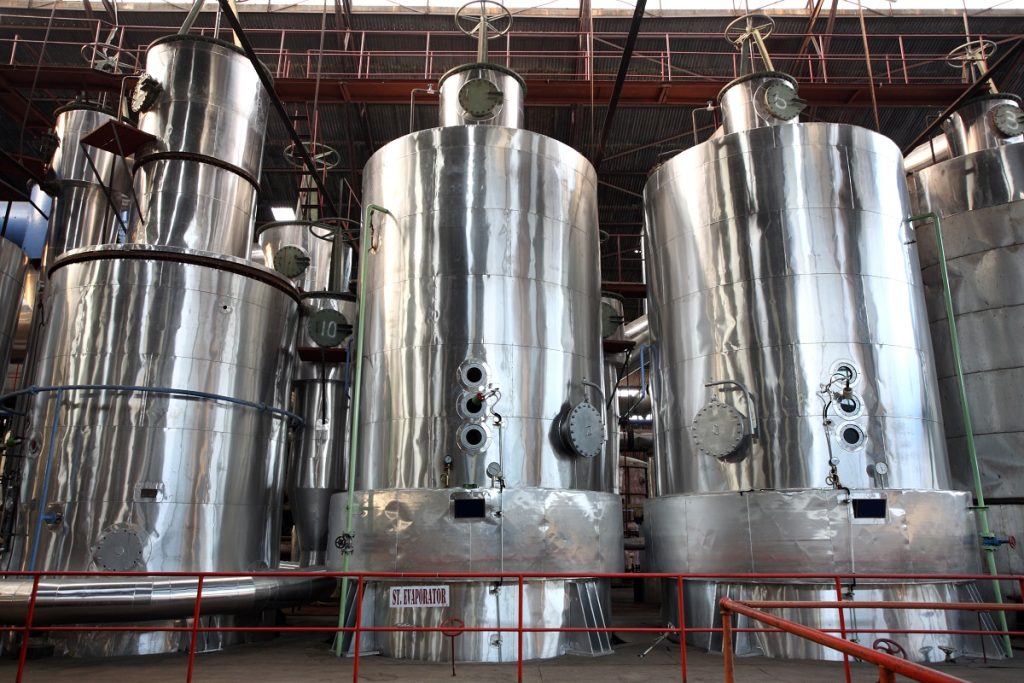- Automation technology streamlines operations while reducing manual labor and errors.
- Inventory management can be optimized using automation for accurate data-driven decisions.
- Predictive maintenance tools identify machine issues before they become serious, minimizing production downtime.
- Safety measures are improved with auto-shutoff systems, vibration monitoring, thermography, and electrical infrared scanning.
- Remote monitoring allows managers and technicians to access performance data from any location.
In today’s digital age, technology has revolutionized every aspect of people’s life. From simple tasks to complex operations in industries, technology has played a vital role in streamlining processes, enhancing productivity, and ensuring safety and compliance. Industrial factories have also benefited greatly from technological advancements and have improved efficiency and productivity while reducing operational costs. Here is how technology can help manage and maintain industrial factories efficiently.
Automation

The use of automation technology allows industrial factories to streamline operations and reduce manual labor and errors. Automated systems can detect and diagnose issues in real time, allowing technicians to fix problems, thus reducing downtime quickly. Automated systems can also monitor and control various processes, including:
Production
Automation has been a significant boon to industrial factories, allowing them to run and maintain operations with greater efficiency. Automated systems can monitor and control production processes such as material handling, quality assurance, and machine performance. In addition, computerized systems can detect and diagnose issues in real-time, providing accurate data that can be used to make decisions and reduce downtime.
Inventory
Inventory management is a crucial component of running an industrial factory efficiently. Automation technology can help in tracking materials, monitoring stock levels, and optimizing inventory levels to ensure that operations remain efficient and cost-effective.
Automated systems can also be used for predicting demand and planning production accordingly, thus avoiding shortages or excess stock. By using automation technology, factories can optimize their inventory management processes and reduce costs associated with storage and material handling.
Safety
Industrial factories are responsible for ensuring the safety of their employees. Automation technology can help in this regard by providing real-time data on safety conditions, alerting workers about potential hazards, and monitoring workers’ behavior to ensure that safety protocols are followed. Auto-shutoff systems can be used to ensure that machines are shut off in cases of emergency, thus helping to reduce the risks associated with factory operations.
Predictive Maintenance
Using predictive maintenance helps factories stay proactive in maintenance scheduling. By analyzing historical data and real-time information, predictive maintenance can identify when machines will require maintenance before they break down. This technology helps minimize the impact of production downtime caused by unplanned maintenance and repair. Here are some examples:
Vibration Monitoring
Vibration monitoring is a predictive maintenance technology that helps identify abnormal vibrations in machines, which can be an indicator of wear and tear or malfunctioning. Vibration monitoring systems can detect even the slightest changes in machine vibration patterns and alert technicians before any significant damage occurs. This technology also provides detailed data about the causes of the problem, allowing technicians to address the issue quickly and efficiently.
Thermography

Thermography is a predictive maintenance technology that uses infrared imaging to detect abnormal temperature changes in machines. This technology helps identify potential problems before they become major ones, reducing downtime and maximizing efficiency. Thermography can also be used to inspect electrical systems, as it can detect any issues with insulation or wiring.
Electrical Infrared Scanning
An essential part of predictive maintenance for industrial electrical systems is electrical infrared testing. It helps identify electrical problems such as loose connections, broken insulation, or worn-out components before they become major issues and lead to costly repairs. This technology uses infrared imaging to scan the entire electrical system, pinpointing potential problems that can be fixed quickly and conveniently.
Remote Monitoring
Industrial factories can monitor equipment, processes, and plant operations remotely using digital devices and web-based software systems. This technology enables managers and technicians to assess performance and detect malfunctions at multiple locations in real time.
Remote monitoring can increase efficiency by reducing the need for on-site management and maintenance. For instance, remote monitoring can be used to monitor machines, detect issues quickly, and send notifications to technicians before any severe damage occurs.
In some cases, remote monitoring systems can be used to detect and diagnose problems without the need for manual inspection. This helps reduce downtime, as technicians can address issues quickly and from any location.
Industrial factories can greatly benefit from technology. Automation, predictive maintenance, remote monitoring, robotics, and data analytics are examples of how technology has transformed factory operations. The integration of technology can optimize production efficiency, reduce downtime, and improve overall profitability and safety measures. The appropriate use of technology in factories will also enhance the quality of products, reduce manufacturing costs, and improve customer satisfaction. By continually embracing technology upgrades, industrial factories will maximize their potential to reach new heights of efficiency and productivity.



